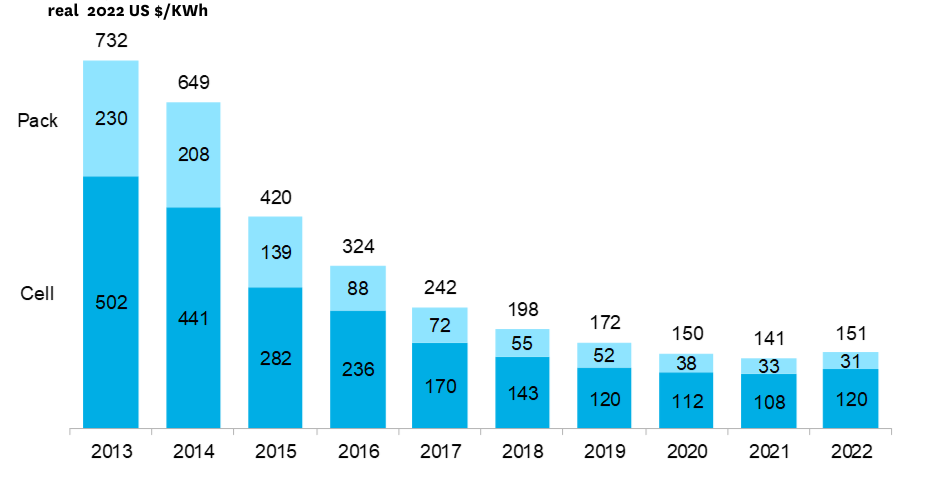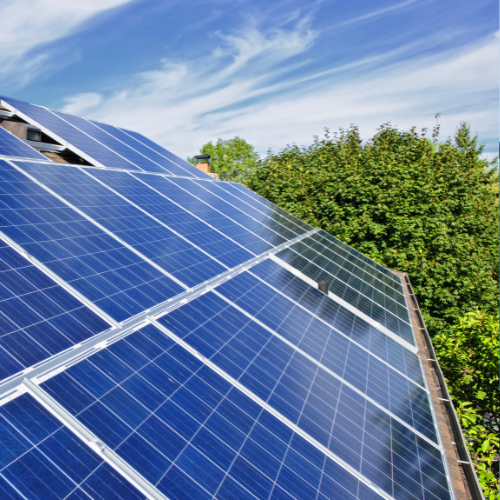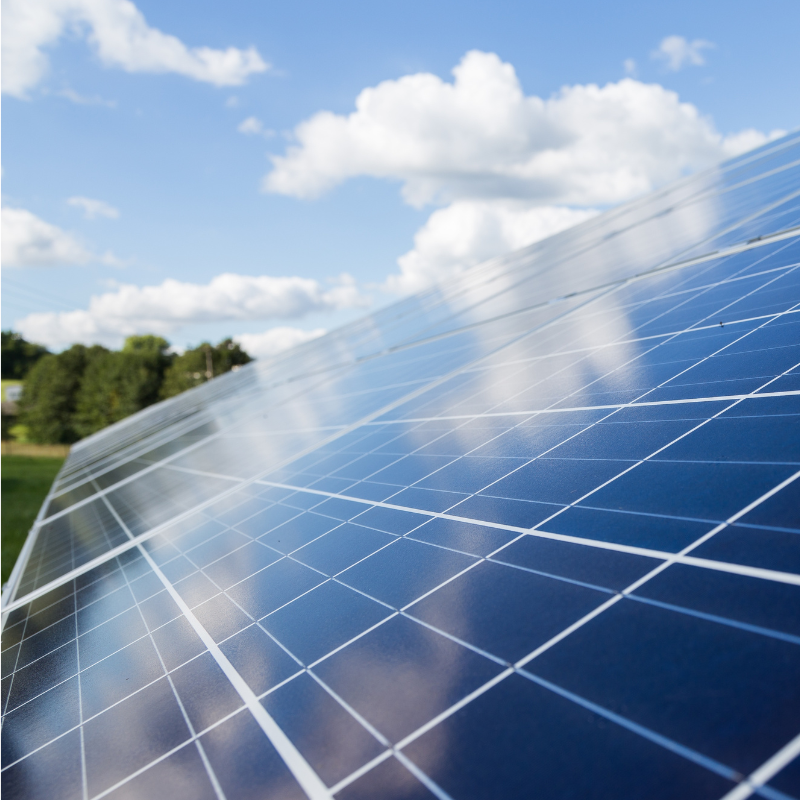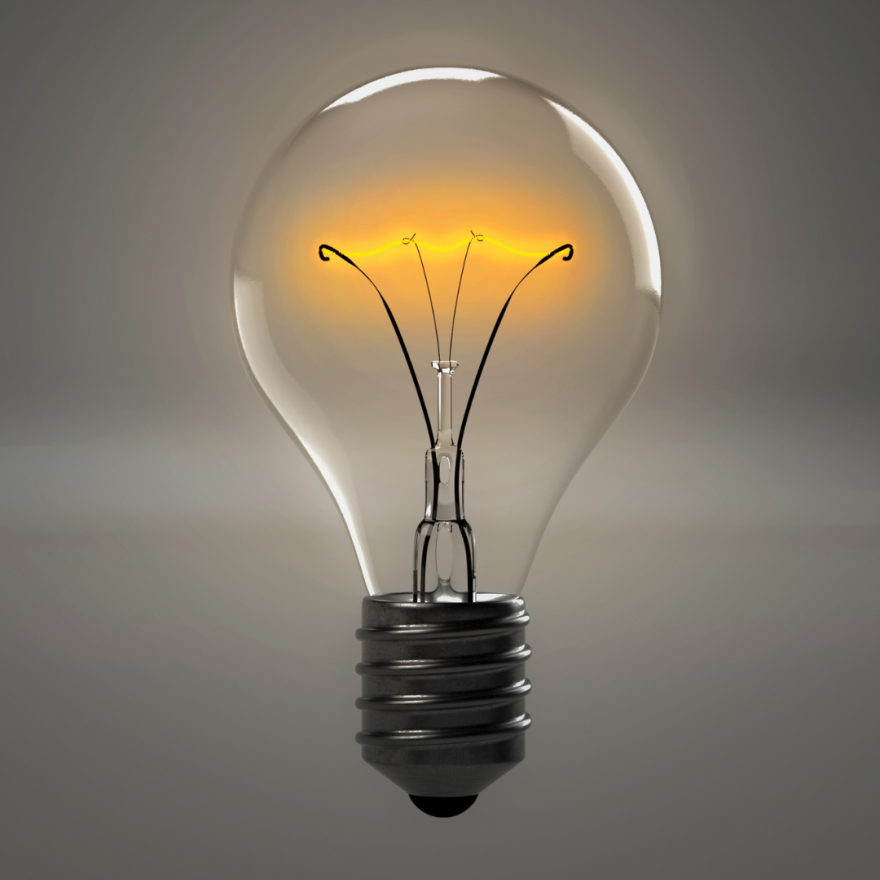By Briony Bennett, Energy Innovation Manager at Climate Connect Aotearoa and Ara Ake
Many households, businesses and communities around Aotearoa New Zealand are keen to play their part in our transition to a net-zero emissions economy by 2050. They are curious about solar panels and batteries, and whether these can help reduce their power bills and replace fossil fuels in our electricity system.
In this article, Briony Bennett, Energy Innovation Manager at Climate Connect Aotearoa and Ara Ake discusses why the uptake of solar, batteries and other distributed energy resources (DER) by communities across Aotearoa is a priority for both organisations. Climate Connect Aotearoa and Ara Ake are partnering to remove some of the barriers to the adoption of community energy and energy-sharing models, improving the sustainability and affordability of energy through collaborative innovation.
Aotearoa energy mix is highly renewable but more wind and solar needed
Just over 2% of households have solar installed in Aotearoa. Solar has had a very low uptake here compared to other countries, which have seen exponential growth in rooftop and grid-scale solar installations in the last decade. In Australia almost one in three households has solar.
Whilst other countries have subsidised rooftop solar, providing citizens with grants or tax rebates, to reduce their heavy reliance on fossil fuels in their power systems, Aotearoa is lucky to have a high level of existing renewable electricity generation, at 82% on average each year for the past decade.
Hydropower makes up the majority of this, accounting for 57%, with contributions from geothermal, at 18%, followed by wind averaging 5% for the last decade, but climbing as more wind farms are being built each year. The remainder is primarily gas and coal, with just a small contribution from solar, of less than 1%, and a little from other sources (biogas, wood, oil and waste heat), according to official data collected by the Ministry of Business, Innovation and Employment (MBIE). This is shown in the image below.
Aotearoa’s energy system has the capacity to absorb and manage a lot more solar capacity, both grid-scale and household rooftop installations, and there are significant solar projects in the pipeline looking for resource consent or finance to move forward. The transmission grid operator, Transpower, is predicting over seven gigawatts of new solar capacity installations by the end of the decade – over 4000% of currently installed capacity.
The electricity system of the future will also look very different from today
We expect to see higher levels of variable renewables like solar, as well as new, large wind farms across Aotearoa. We also expect new forms of energy storage, including batteries and other technologies, to continue to decline in price and become more affordable. Also, ‘smart’ and controllable devices, like smart electric vehicle chargers and smart home energy management systems, as well as improved data collection and analysis techniques, like machine learning, will help optimise energy use. Energy efficiency, such as replacing inefficient home appliances and retrofitting Aotearoa’s under-performing housing stock, is also essential to any affordable decarbonisation strategy.

Tāmaki Makaurau Auckland’s energy needs
Tāmaki Makaurau Auckland is committed to halving its greenhouse emissions by 2030. The largest chunk of its footprint is in the transport sector, particularly cars and light vehicles. Electrification of both industry and transport is widely considered by industry participants, regulators and policy-makers as an important means to reduce emissions from these pollutive sectors.
Yet, the region generates little of its own electricity, relying on other parts of the country, like the South Island hydro-dams and fossil fuel-generated power from Huntly, to meet its energy needs.
Cyclone Gabrielle and flooding across the region, early in 2023, accentuated the need for resilient and adaptive solutions to a changing climate, such as distributed energy resources.
Community-led projects to install their own solar panels and batteries and share electricity peer-to-peer have taken off overseas. If designed and operated well as part of the broader energy system, these projects can not only reduce emissions, but also offer community resilience to extreme weather events and act as a buffer to rising living costs. In Aotearoa, there is a strong desire amongst iwi Māori to assert rangatiratanga over their own energy production and use on their whenua.
Climate Connect Aotearoa and Ara Ake agree that community solar and batteries have an important role to play in Tāmaki Makaurau Auckland’s energy transition and will be exploring opportunities through the energy challenge process.
So let’s take a closer look at some of the opportunities and challenges these renewable energy technologies present.
Solar costs and generation buy-back
The upfront cost of installing panels, at NZ$10,000 on average, according to Kiwi-owned mysolarquotes.co.nz, can be prohibitive for many Kiwi households, businesses and communities, even if it does help cut power bills and pay off in the long run. You can get an idea of what it might cost for you using the Energy Efficiency and Conservation Authority’s solar power calculator.
There are different ways to help finance solar panels. Popular installer solarZero is the only firm in Aotearoa New Zealand that offers solar and battery installations via a leasing scheme. Or you may be able to add solar to your mortgage or access relatively low-interest debt from your bank for the investment. MBIE also has a fund that provides grants for community groups, public housing providers, papakāinga and marae to set up renewable energy installations. You can read about the fund, including eligibility criteria and previous successful applicants here: MBIE’s Māori and public housing renewable energy fund.
Once installed, new solar owners can be surprised to discover that any excess generation is ‘bought back’ by their electricity retailer at a lower rate than what they pay for grid-supplied consumption. This is because they receive an ‘energy only’ rate, whereas a standard electricity tariff also includes other costs, shown in the image below. The average consumption tariff was 32.9 cents per kilowatt-hour (c/kWh) across the country in February 2023, according to MBIE’s quarterly price survey.

Source: Electricity Authority
The solar buy-back rate for excess generation injected back into the grid also varies significantly between electricity retailers. In April 2023, at least two retailers in the market were offering a solar buy-back rate as high as 17c/kWh. Other retailers offer solar buy-back rates at two-thirds or half that rate. The website Powerswitch can help you to compare solar buy-back rates and power plans in general. The website is funded by the government to provide up-to-date and unbiased information to consumers about electricity retailers.
To access the 17c/kWh rate offered by these two retailers, you need to be a customer of grid-fed electricity consumption as well. But the retailers offering the highest solar buy-back rate may not be active in your region or have the right kind of power plan for you. Ara Ake has made a video that helps to explain this barrier.
Availability and storage
Another challenge is that solar panels only generate during the daytime. This might suit a business that is most active during daylight hours. However, most households’ demand for electricity peaks in the early evening, particularly in the winter when the sun sets much earlier, due to their heating needs. This is shown in the image below.

Source: Electricity Authority
Energy storage solutions like batteries can help to optimise solar energy’s potential by storing excess energy during the day (rather than selling it back to the grid) for use during peak demand periods. This can help displace coal- and gas-fired generation in the national electricity system, which are often used to serve peak residential electricity demand.
Moreover, energy storage helps to ensure that the costs of the overall power system do not climb as solar uptake increases. Installing a lot of solar panels, without energy storage solutions, means new power lines and large-scale generation are still needed to meet growing peak demand when the sun does not shine. This added infrastructure is a cost that is borne by everyone as a portion of their power bills (as shown in the previous diagram) but disproportionately affects low-income New Zealanders for whom energy makes up a higher portion of their everyday costs.
Even though battery prices have fallen significantly over the last decade (shown in the diagram below), batteries remain expensive at double, or even triple, the upfront cost of committing to solar panels. This explains why most Kiwi households, businesses and communities opt for solar panels without storage, at least at first.
Volume-weighted average lithium-ion battery pack and cell price split, 2013-2022

Source: BloombergNEF
Community energy and energy sharing
Another key challenge for distributed energy solutions, such as solar panels and batteries, is that the benefits cannot be easily shared. Regulations currently make this difficult, if impossible, to share or donate excess solar generation to your neighbour in Aotearoa. For example, a marae looking to install solar panels and share the generation with the nearby kura or whānau in need cannot do that, unless they are all with the same electricity retailer and that retailer agrees to a special arrangement. This is uncommon, time-consuming and few initiatives get off the ground.
This is why Climate Connect Aotearoa has partnered with Ara Ake, Aotearoa New Zealand’s future energy development centre, to deliver demand-led energy challenges in Tāmaki Makaurau Auckland. Our first energy challenge looks at community energy sharing, addressing the barriers to distributed energy resource investment and uptake, and helping communities launch energy-sharing initiatives to get more out of their investment in solar panels and batteries and share the benefits more broadly. We are currently working with potential partners across Tāmaki Makaurau to design projects that suit their needs and help address these challenges.


